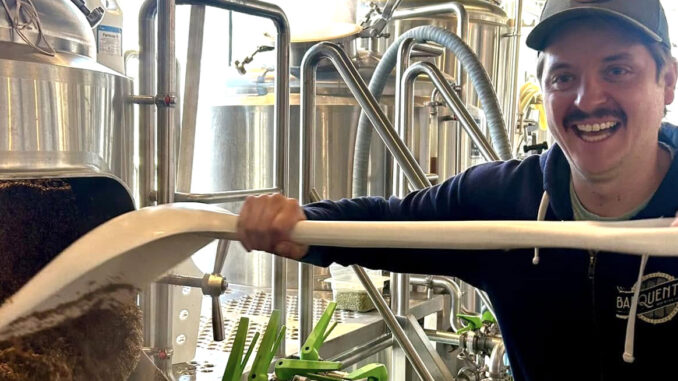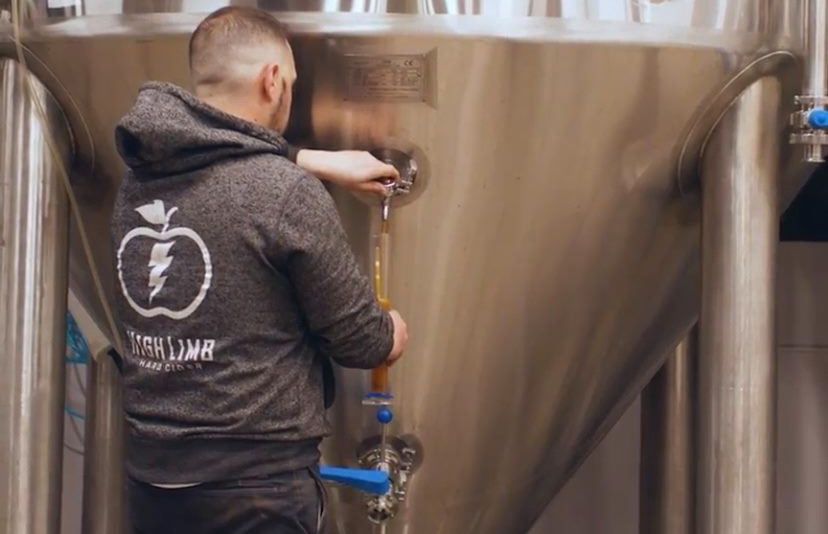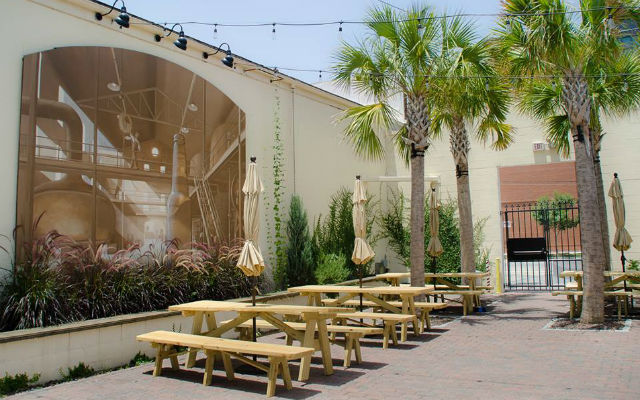
For a brewery owner like Kyle Knudson of Barquentine Brewing, the difference between working with large malt conglomerates and local maltsters is as much about accessibility as it is about innovation.
“When you work with giant conglomerate maltsters, the process to get a certificate of analysis is quite difficult,” Knudson said. “You have to go through your rep or your distributor, and by the time you get it, you’re not sure if it’s even the same batch.”
That disconnect, he explained, separates a brewer from the raw materials that define what their beer can be.
With local maltsters, it’s the opposite.
“With these guys, I can send Mike or Todd a text and say, ‘Tell me about that 704,’ and get everything at my fingertips,” Knudson said, referring to his relationship with Root Shoot Malting’s Mike Myers and Todd Olander, during a recent conversation with he and the Root Shoot team while tasting through his Sea Bear Saison. “Mike was in the other day — we did a collaboration together — and he’s walking me through the process, explaining how the flavors can interact and how the enzyme packages of different malts work together.
“We’re experimenting with seven different varieties of Pilsner malt to create a more robust flavor profile while driving fermentation all the way down.”
That kind of experimentation can’t easily happen for smaller breweries with large suppliers, Knudson said.
“It’s way more fun from a scientific standpoint, but also from a business standpoint, I need the malt to work,” he said. “Being part of the experimentation is super fun—and necessary.”
For Myers and Olander, those relationships are the foundation of their business philosophy. “We’ll literally do anything the customers want,” Myers said. “If they want us to grow grains that are obscure, we’ll do it and then we’ll malt it. We’re very unique in that we have the farm as part of the malting company, so we have the ability to do that kind of stuff.
“These are long-term, multi-year projects sometimes, but that’s how we get better.”
Myers — who has been with the company for nearly a decade now — recalled the early days of Root Shoot, when Denver’s Station 26 Brewing was among their first customers.
“We would deliver malt, they’d brew with it, and then give us feedback, like, ‘I want the color a little darker,’ or ‘I don’t like this flavor,’” Myers said. “Then we’d go back to the drawing board, change things on the malting side, remalt it, and redeliver it. That went on until one day they said, ‘Yes, this is what we want from here to eternity.’
“That feedback loop is what helped us develop our Genie Pale malt, which is now our number one item. It was the customers’ feedback that pushed the quality to where it is today.”
Olander, who is a co-founder, said those collaborations are what make local supply chains so valuable to both sides.
“Like Mike said, we’ll pretty much do anything if the customers are committed and excited about it, because we get to learn at the same time,” he said. “We grew Buck, a six-row winter barley, for The Family Jones because they wanted to make a single malt whiskey. Buck is a hulless variety, which helps distillers who ferment on grain avoid astringency in the final product.
“That kind of project gives producers another tool in their toolbox and gives us the opportunity to explore new varieties that might help others down the line.”
READ MORE: How a Visit to a Farm Can Turn Your Staff Into Better Beer Storytellers
The relationship between brewers and local maltsters goes beyond convenience, it can be a catalyst for innovation. When both sides are invested, brewers can experiment with new ingredients and flavor profiles, while maltsters refine their craft through real-world feedback.
The result is a more responsive, dynamic supply chain and one that mirrors the creativity and agility of the craft beer industry itself.
“When you can talk directly with the people growing and malting your grain, you’re not just buying ingredients,” Knudson said, “you’re building better beer together.”







Be the first to comment